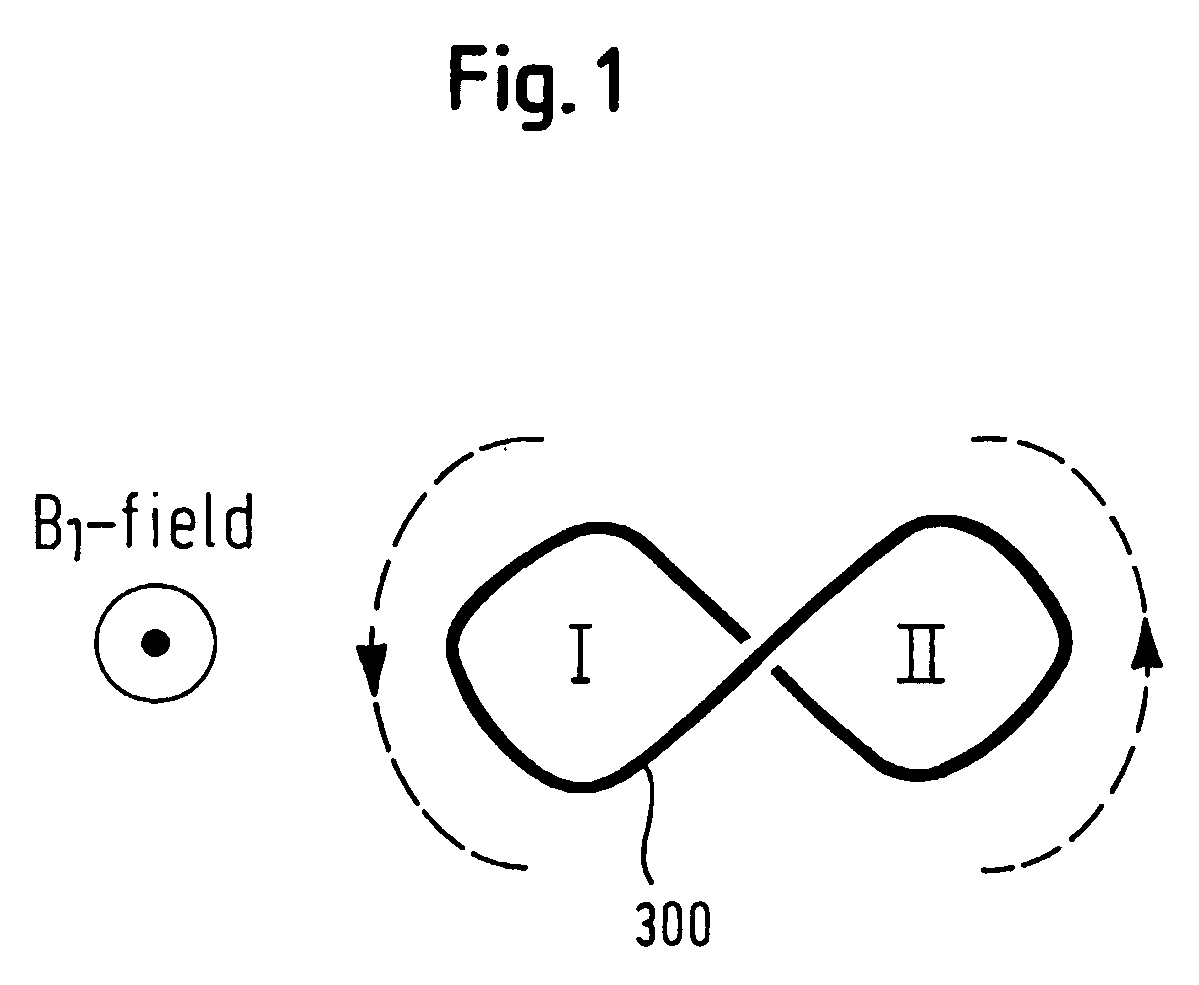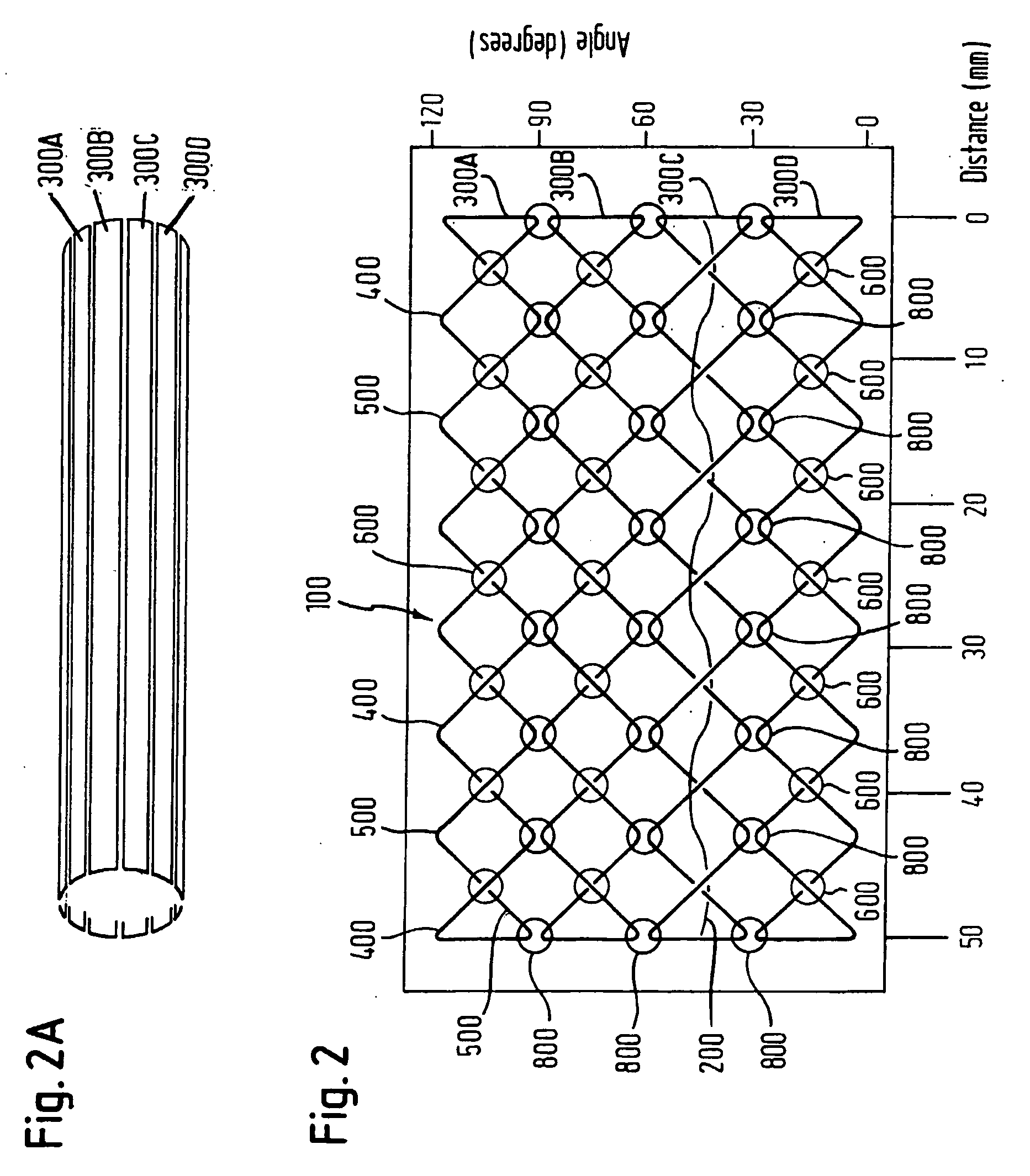Mri Compatible Implant Comprising Electrically Conductively Closed Loops
a technology of electrically conductive closed loops and compatible implants, which is applied in the field of implants, can solve the problems of little information derived from the portion of the image corresponding to the stent lumen, the stent lumen is not clearly visible in the mri image, and the mechanical strength of the stent is affected, so as to achieve the effect of mitigating the tendency of the implan
- Summary
- Abstract
- Description
- Claims
- Application Information
AI Technical Summary
Benefits of technology
Problems solved by technology
Method used
Image
Examples
Embodiment Construction
[0070]Typically, a stent is made from metal wire, or a tubular matrix of metallic struts can be formed from seamless tubular material, or from flat sheet material rolled up. Although the following description only refers to transluminally-delivered, expansible stents, the principle of the present invention may be applied to medical implants in general other than transluminal stents, such as implants installed in a bodily lumen by open surgery, filters such as vena cava filters, fluid-flow measuring devices, valves such as heart valves or venous valves, etc.
[0071]To prevent eddy currents from flowing, one alternative has been to eliminate conducting links between adjacent stenting rings that form the stent. This, however, physically weakens the stent so that it may fail to operate properly, e.g. it may not deploy correctly and once deployed it may not be strong enough to withstand the arterial pressures. Connecting the stenting rings by means of insulating joints brings extra manufac...
PUM
 Login to View More
Login to View More Abstract
Description
Claims
Application Information
 Login to View More
Login to View More - R&D
- Intellectual Property
- Life Sciences
- Materials
- Tech Scout
- Unparalleled Data Quality
- Higher Quality Content
- 60% Fewer Hallucinations
Browse by: Latest US Patents, China's latest patents, Technical Efficacy Thesaurus, Application Domain, Technology Topic, Popular Technical Reports.
© 2025 PatSnap. All rights reserved.Legal|Privacy policy|Modern Slavery Act Transparency Statement|Sitemap|About US| Contact US: help@patsnap.com



